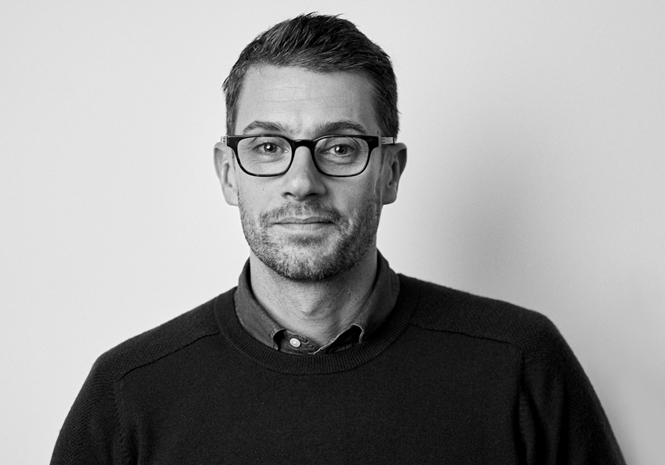Five minutes with Pete Hayes

Consumers are increasingly environmentally aware and looking for products and services that support their sustainability efforts. But what role do brand designers play in all this? Pete Hayes, co-director of brand identity and packaging design agency PB Creative, says designers are a pivotal part of the eco evolution – and they should grab the opportunity with both hands.
Can you tell us about the new gifting experience you created for AXE?
Axe (Lynx in the UK) wanted to take a new approach to its gifting range in the build up to the festive period. The goal was to ‘put the gift back into gifting’ while reducing packaging complexity across the whole portfolio and improving sustainability. A key objective for us was to help parent company Unilever meet its stringent environmental targets by reducing packaging waste, but without compromising on the consumer experience. We wanted to amplify the sense of anticipation and delight for both giver and receiver.
What do you take into consideration when coming up with a packaging design?
Often, when you look at brand and packaging design that has eco credentials at the top of its agenda, the consumer experience can become a bit muted. A fundamental goal for us was to make that sense of reward bigger, brighter and better.
Another chief consideration with any gifting range is to maintain a strong link to the core brand. With Axe, we created a series of bespoke wrapping-paper designs based on the its distinctive geometric icons and colourways. The end result looks premium, wrapped and ready to give – and still intrinsically Axe.
Have you ever felt constricted as a designer when it comes to sustainability?
No. Every creative challenge is a problem-solving exercise. Whatever the client wants to achieve, be that reducing packaging waste, or cutting costs, or delivering greater efficiencies when it comes to distribution, it’s simply a question of creating the right creative mix for that brief. Seasonal gift packs, for example, typically feature large plastic display windows and moulded inner trays. Doing away with all that plastic and using largely paper-based alternatives, as we did with Axe, meant that we had a larger graphic canvas for strong visuals that really hero the products within.
Do packaging regulations stifle design?
There’s no reason why they should. In fact, it’s fertile ground for fresh creative and strategic thinking. For Axe, we developed an innovative packaging strategy that did away with the need for internal plastic trays. Not only does this reduce waste, it also means that gift configurations are totally flexible in pack, so complexity across the whole portfolio has been reduced too. Sustainable thinking hasn’t resulted in a compromise, it’s made everything better – for the business, the consumer and the planet.
What are the biggest challenges you face at your job?
You go into brand and packaging design because you like challenges – you see them as opportunities. When you create products that reach millions of consumers across the globe, as we do, you have an amazing opportunity to change perceptions of brands and packaging mix. Small sustainable gains can be huge when rolled out across 100-million-plus units sold each year. Design is essentially a visual and strategic problem-solving exercise. The skill is in how you address it in the most creative, inspiring and brand-relevant way. That’s where we come in, with a strong proven track record for delivering creatively inspiring solutions to the most challenging briefs.
With conventional advertising losing ground, packaging is becoming more powerful. It’s the true, tangible interaction a consumer has with a brand. The opportunities are almost endless – there are exciting times ahead.
What is the one piece of work you’re most proud of and why?
Winning a Design Business Association (DBA) Design Effectiveness Award for Comfort Intense was a special moment. A big part of the brief was to shake up the fabric conditioner market by creating a product that challenged norms in terms of size and liquid concentration. We leveraged character and personality, combined with positive and negative space on shelf, to challenge category conventions. The smaller pack size and concentrated formula also delivered a compelling sustainable story, reducing plastic and transportation costs to deliver on Unilever’s environmental targets and distribution efficiencies. We also had to educate the consumer and reassure them that bigger is not necessarily better, and ensure they felt confident using a smaller dose.
For more from Transform magazine, follow us on Twitter @Transformsays












